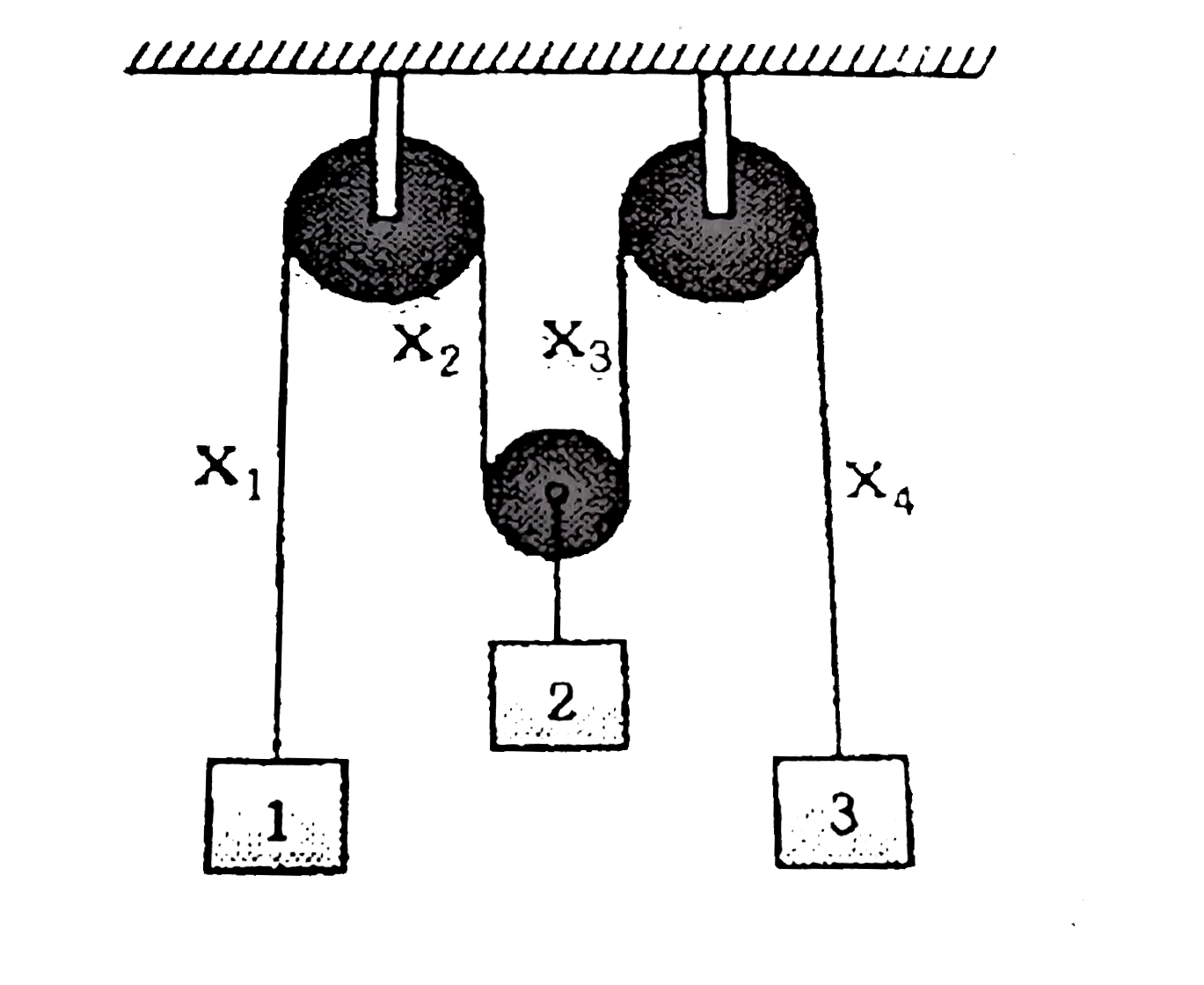For the AP −3,−7,−11,… can we find directly a30−a20 without actually finding a30 and a20 ? Give reason for your answer.
To solve the problem, we need to find a30−a20 for the arithmetic progression (AP) given by the sequence −3,−7,−11,… without calculating a30 and a20 separately.
1. Identify the first term and common difference:
- The first term a of the AP is −3.
- To find the common difference d, we subtract the first term from the second term:
d=a2−a1=−7−(−3)=−7+3=−4
2. Use the formula for the nth term of an AP:
- The formula for the nth term of an AP is given by:
an=a+(n−1)⋅d
- We can express a30 and a20 using this formula:
a30=a+(30−1)⋅d=a+29d
a20=a+(20−1)⋅d=a+19d
3. Calculate a30−a20:
- Now, we can find a30−a20:
a30−a20=(a+29d)−(a+19d)
- Simplifying this expression:
a30−a20=a+29d−a−19d=29d−19d=10d
4. Substitute the value of d:
- We know d=−4, so we substitute this value into the equation:
a30−a20=10⋅(−4)=−40
Conclusion:
Thus, we find that a30−a20=−40 without needing to calculate a30 and a20 separately.
- The first term a of the AP is −3.
- To find the common difference d, we subtract the first term from the second term:
d=a2−a1=−7−(−3)=−7+3=−4
- The formula for the nth term of an AP is given by:
an=a+(n−1)⋅d
- We can express a30 and a20 using this formula:
a30=a+(30−1)⋅d=a+29d
a20=a+(20−1)⋅d=a+19d
- Now, we can find a30−a20:
a30−a20=(a+29d)−(a+19d)
- Simplifying this expression:
a30−a20=a+29d−a−19d=29d−19d=10d
- We know d=−4, so we substitute this value into the equation:
a30−a20=10⋅(−4)=−40
Thus, we find that a30−a20=−40 without needing to calculate a30 and a20 separately.
Topper's Solved these Questions
- ARITHMETIC PROGRESSIONSBOOK - NCERT EXEMPLAR ENGLISHCHAPTER - ARITHMETIC PROGRESSIONSEXERCISE - Short Answer Type Questions
35 Videos
- ARITHMETIC PROGRESSIONSBOOK - NCERT EXEMPLAR ENGLISHCHAPTER - ARITHMETIC PROGRESSIONSEXERCISE - Long Answer Type Questions
10 Videos
- ARITHMETIC PROGRESSIONSBOOK - NCERT EXEMPLAR ENGLISHCHAPTER - ARITHMETIC PROGRESSIONSEXERCISE - Long Answer Type Questions
10 Videos
- AREAS RELATED TO CIRCLEBOOK - NCERT EXEMPLAR ENGLISHCHAPTER - AREAS RELATED TO CIRCLEEXERCISE - Long Answer Type Questions
20 Videos
- CIRCLESBOOK - NCERT EXEMPLAR ENGLISHCHAPTER - CIRCLESEXERCISE - EXERCISE 9.4 LONG ANSWER TYPE QUESTIONS
14 Videos
Similar Questions
Knowledge Check
If a1=5andan=1+√an−1, find a3.
A2.623B2.635C2.673D2.799
If an=3−4n, then show that a1,a2,a3,… form an AP. Also, find S20.
View SolutionIf a1=2 and an−an−1=2n(n≥2), find the value of a1+a2+a3+…+a20.
View SolutionIf a1=1,a2=1,andan=an−1+an−2 for n≥3, find the first 7 terms of the sequence.
View SolutionLet A=[aij]3×3 be a scalar matrix and a11+a22+a33=15 then write matrix A.
View SolutionIf a1,a2,a3,…. are in A.P., then ap,aq,ar are in A.P. if p,q,r are in
View SolutionLet a1,a2,a3,... be a harmonic progression with a1=5anda20=25. The least positive integer n for which an<0, is
View SolutionFind the relation between acceleration of blocks a1,a2 and a3.

View Solution
